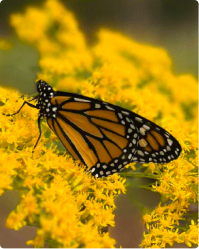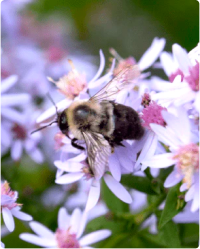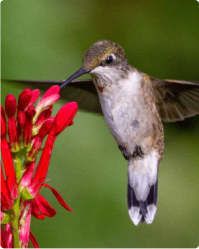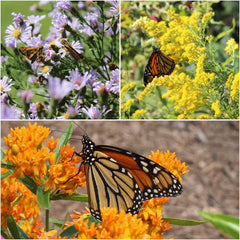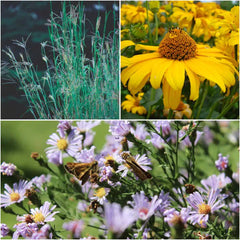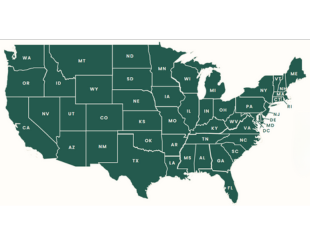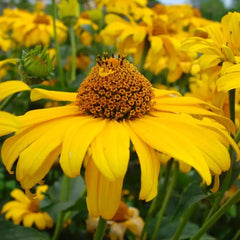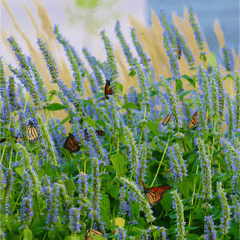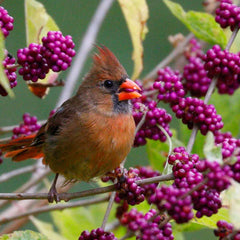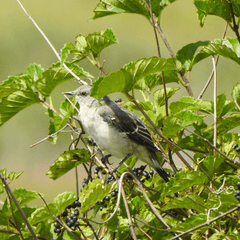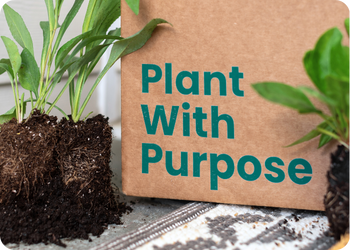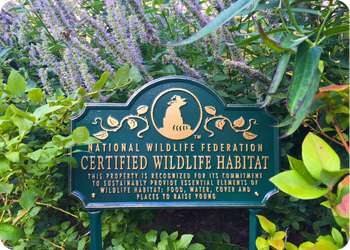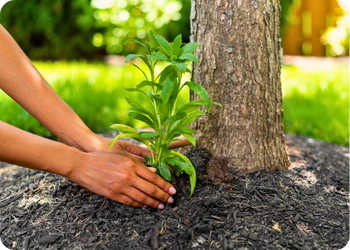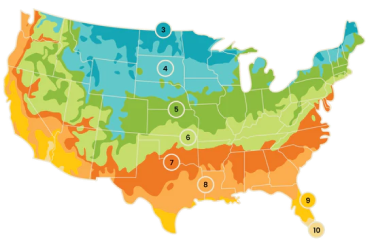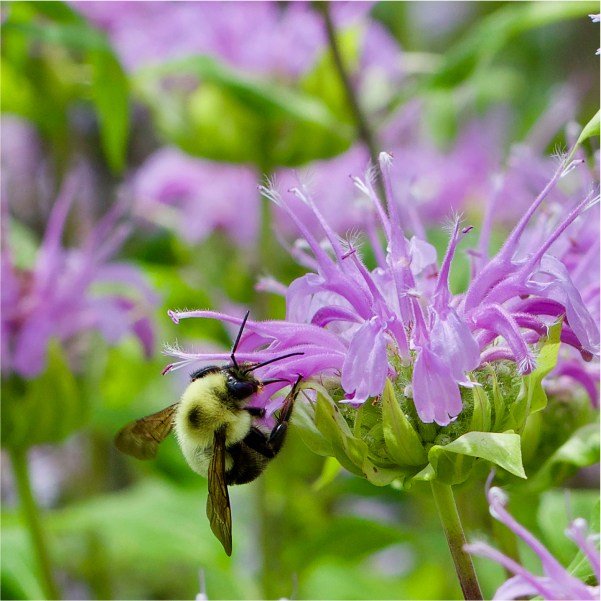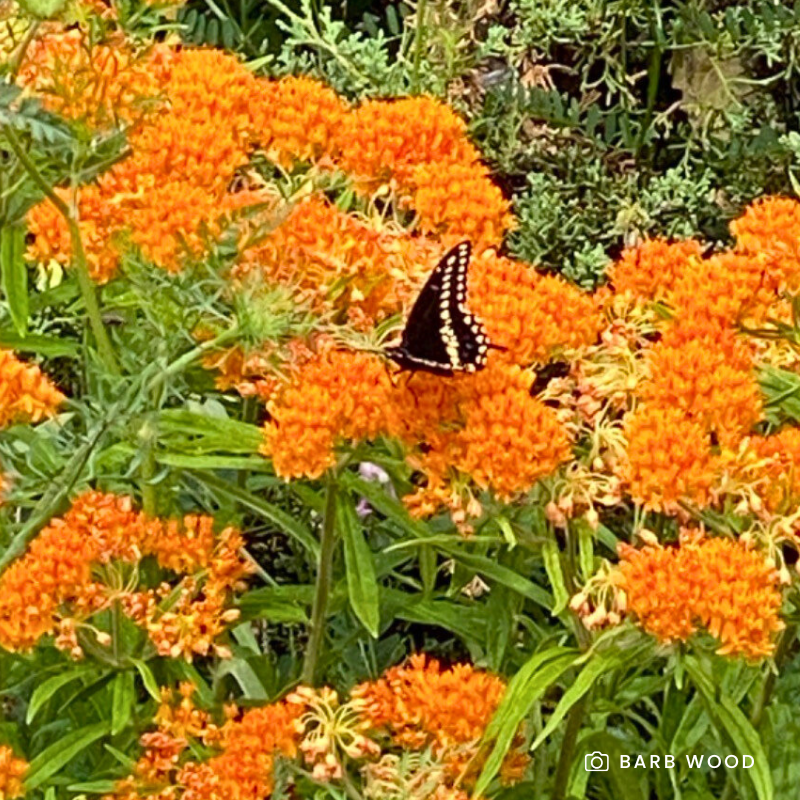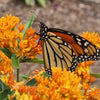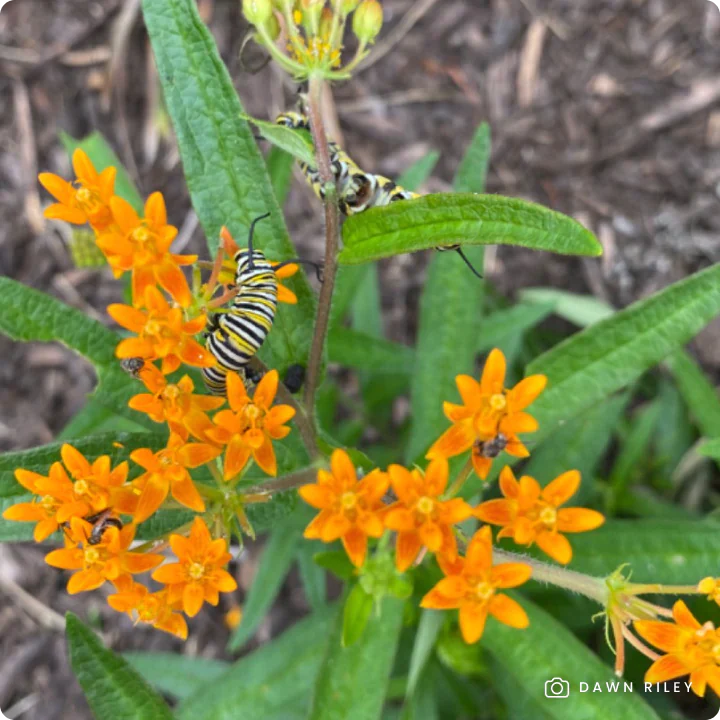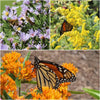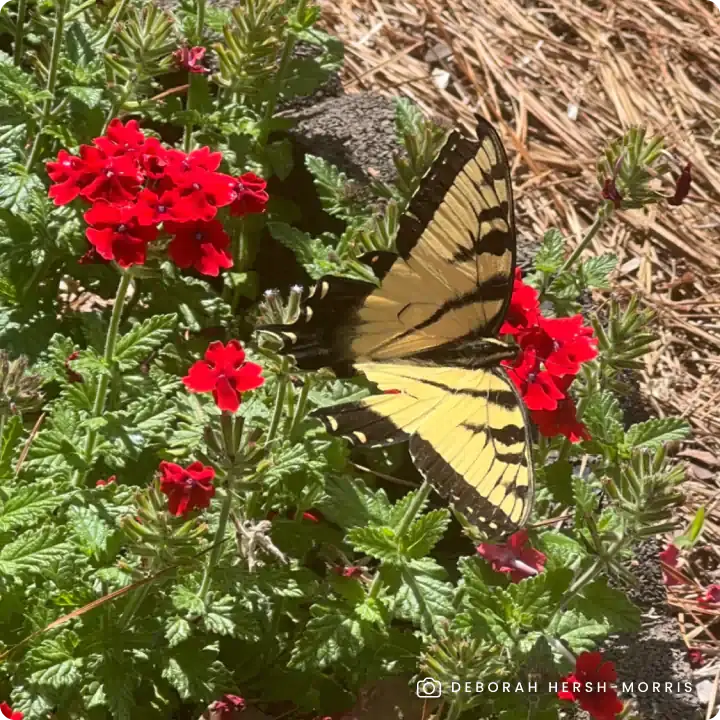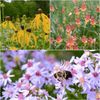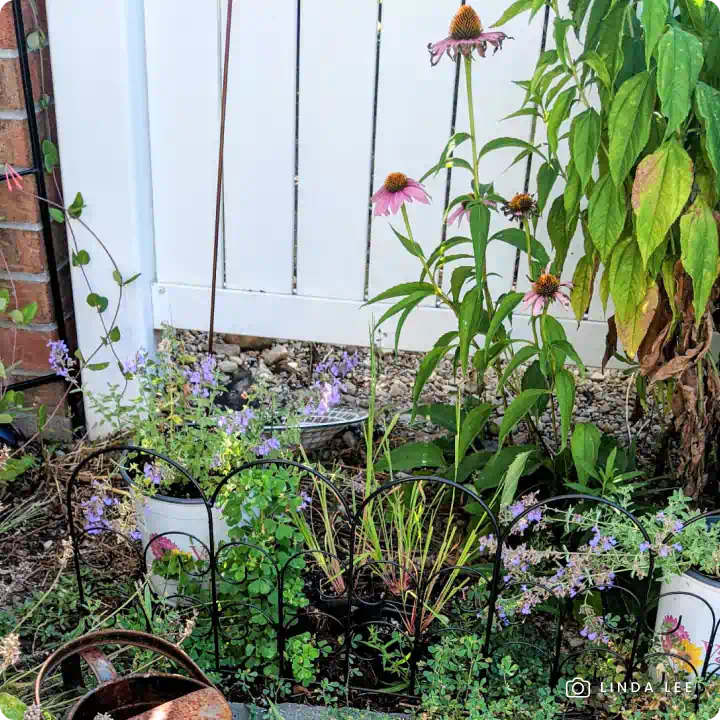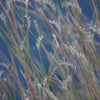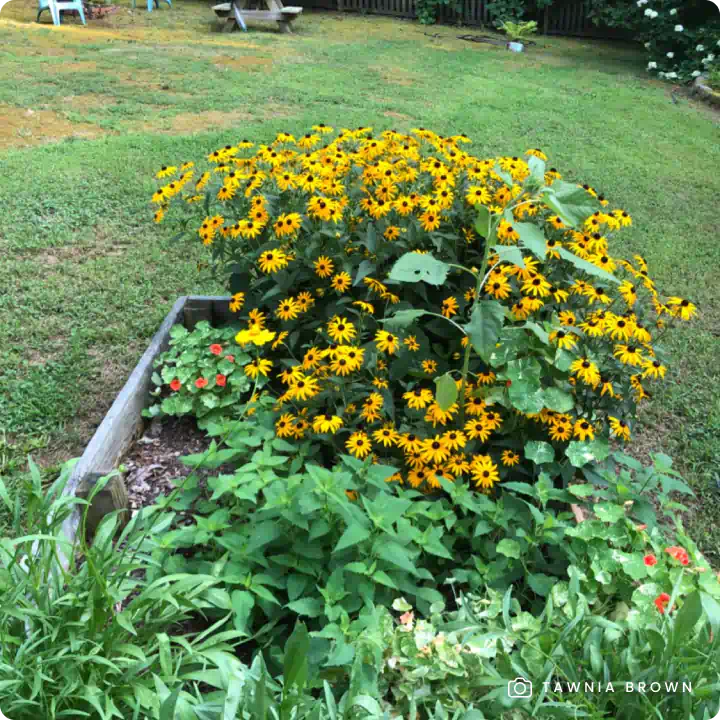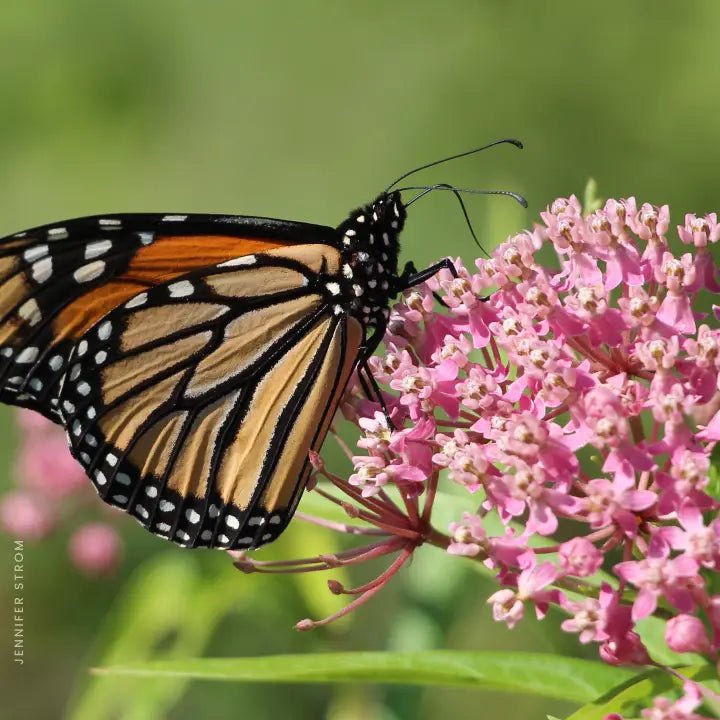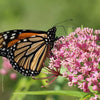Bee Balm (Monarda fistulosa), also known as Wild Bergamot, is a pollinator favorite, bursting with lavender-pink tubular flowers that bloom from late-spring through early fall. These nectar-rich blooms make it a magnet for hummingbirds, butterflies, bees, and moths, while its aromatic foliage adds an extra layer of sensory appeal to your garden. Beyond its beauty, this hardy native perennial adds texture, movement, and color to wildflower meadows, pollinator gardens, and borders.
Key Features:
- Hummingbird & Pollinator Magnet: Tubular blooms provide essential nectar for hummingbirds, native bees, butterflies, and moths.
- Long-Lasting Blooms: Vibrant flowers brighten the garden from late-spring to fall, keeping pollinators well-fed.
- Aromatic Foliage: Fragrant leaves add an herbal scent to your garden and can be used in teas and natural remedies.
- Drought Tolerant: Thrives with minimal water once established, making it ideal for sustainable landscaping.
- Deer Resistant: Naturally unappealing to deer, ensuring long-lasting blooms.
- Pollinator-Safe: Grown non-GMO and free of harmful neonicotinoids, promoting a healthy ecosystem for pollinators and wildlife.
Available in sets of three, six, or 12 plants to suit gardens of any size.
Why Choose Bee Balm?
Bee Balm is a garden essential for those looking to support pollinators while enjoying low-maintenance, long-lasting color. Its fragrant foliage, extended bloom time, and wildlife benefits make it a standout in sunny borders, pollinator habitats, and naturalized landscapes.
Planting Tips:
- Location: Prefers full sun to part shade with well-drained soil.
- Watering: Water regularly during the first growing season to establish roots; drought-tolerant once established.
- Maintenance: Minimal care required. There's no need to deadhead the flowers, as allowing them to go to seed provides a valuable food source for birds. Leaving the stems standing in the fall offers overwintering sites for beneficial insects. If desired, cut back the stems in late spring after pollinators have emerged.
For more information on planting, view our How to Plant Your Native Plants guide and other planting tips in the Garden for Wildlife Learning Center.
Bring vibrant color, movement, and pollinator activity to your garden with Bee Balm. Its aromatic foliage, extended bloom time, and ecological benefits make it a must-have for any wildlife-friendly landscape.
